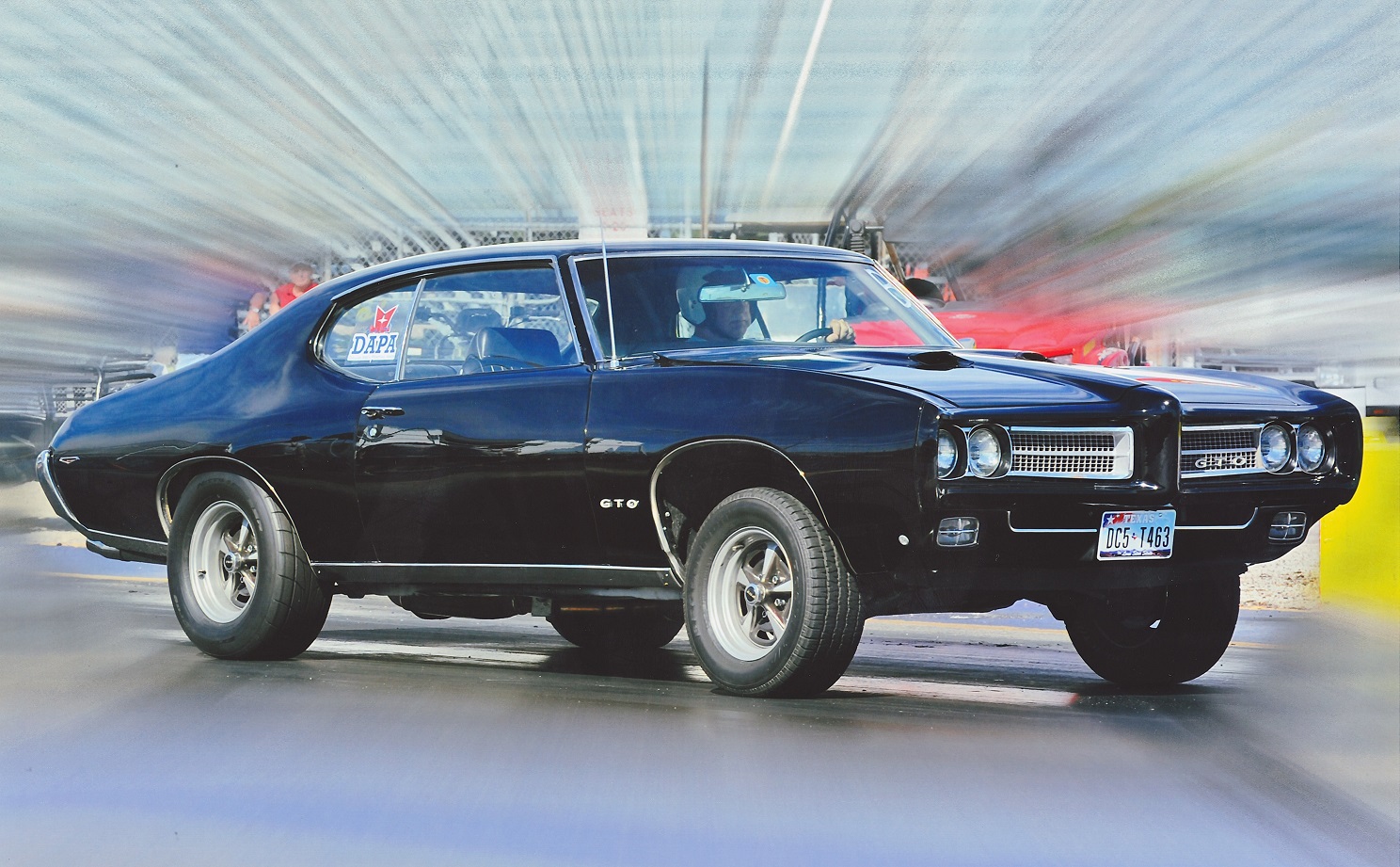Building a Strong Street Machine – Part 13: Limited Slip Axles
- March 16th, 2010
- Posted in Jim Hand: Building A Strong Street Machine . Technical Articles
- By D.A.P.A
- Write comment
All rear drive cars have a differential assembly to allow the drive wheels to turn at different speeds when necessary. When turning a corner, the outside wheel speeds up while the inside wheel slows down. Although this allows smooth turning, it presents a problem if one of the wheels is on a slick surface. The wheel on the slick spot spins while the other slows or stops altogether. The result is no movement of the vehicle. In about 1957, the auto designers incorporated two clutch-like devices into the rear axle assembly (one on each axle) as an option. It was called a “limited slip differential”. Of course, the advertising people had to get some mileage out of this new development so they came up with unique names for each Make. Chevy was called Posi-Trac, Pontiac was Safe-T-Track, MOPAR was Sure-Grip, Ford was Equal-Lock, etc., but they are all limited slip differentials and they all function similarly.
We hear of many types of rear end assemblies. Dana, Spicer, 10 Bolt, 12 Bolt, P style, O style, two pinion models, four pinion models, removable third member, and on and on. These descriptors may indicate the Mfg., a specific model, the number of bolts securing the ring gear to the carrier, or some other unique feature. However, each is either an open differential or it is a limited slip model (which must have cones or clutches installed).
In both open and limited slip differentials, the drive shaft rotates the pinion gear and the pinion turns the ring gear and differential case. The case transfers the load to the axles.
In an open style, the case contains pinion gears and two side gears. The side gears are splined to the axles, so if both wheels have equal traction and the vehicle is traveling straight, the pinion gears remain stationary and the vehicle is travelling straight, the pinion gears remain stationary and the side gears/axles turn at equal speed. During a turn, or if one wheel spins, the differential gears start rotating which allows one wheel to speed up and the other to slow down.
The two types of limited slip units are a clutch type and a cone type, and both work alike.
Limited slip units incorporate clutches (discs or cones) between the case and the side gears. During operation, the torque through the carrier and the pinion gears tries to rotate the side gears. As the side gears are connected to the wheels/tires through the axles, they resist turning. This load between the pinions and the side gears tend to force the gears apart which pushes the side gear towards the clutch. One half of the clutch is connected to the case, and the other half to the axle, so as the clutch engages, the axle begins to turn. A relatively light preload spring system is used to assure that the limited slip action begins regardless of traction. The preload springs do not control the main limited slip action. The clutch quality and clearances are the controlling factors .
A “locked” rear end has the pinion and side gears connected by welding, or other means, so both axles have to turn together. This is an absolute NO-NO for safety reasons on any vehicle.

